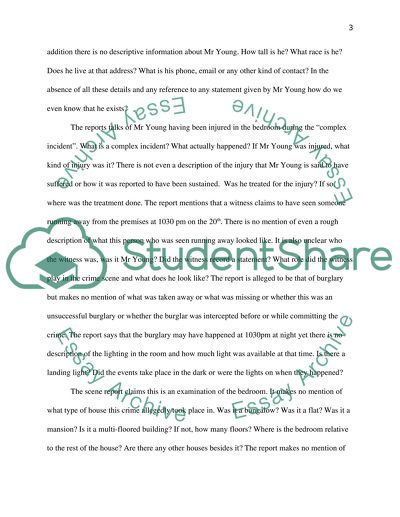Cite this document
(“Forensic Evidence Essay Example | Topics and Well Written Essays - 2250 words”, n.d.)
Retrieved from https://studentshare.org/law/1483513-forensic-evidence
Retrieved from https://studentshare.org/law/1483513-forensic-evidence
(Forensic Evidence Essay Example | Topics and Well Written Essays - 2250 Words)
https://studentshare.org/law/1483513-forensic-evidence.
https://studentshare.org/law/1483513-forensic-evidence.
“Forensic Evidence Essay Example | Topics and Well Written Essays - 2250 Words”, n.d. https://studentshare.org/law/1483513-forensic-evidence.


